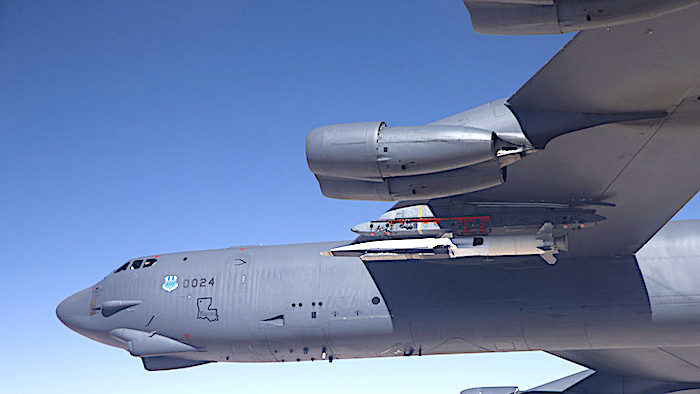The US Department of Defense has rolled out the proposal for its budget for the upcoming fiscal year. The Pentagon needs even more funds compared to the massive $716 billion budget in 2019 and now wants it to grow by some five percent - to a whopping $750 billion.
A significant part of the funding is needed to run multiple research and development programs, as the US military is keen to get new weapons and technologies - such as hypersonic missiles, already successfully tested by Russia and China.
Acting Secretary of Defense Patrick M. Shanahan said:
"With the largest research and development request in 70 years, this strategy-driven budget makes necessary investments in next-generation technology, space, missiles, and cyber capabilities," The funding increase is needed to "strongly position the US military for great power competition for decades to come."The R&D funding includes $2.6 billion for development of hypersonic weapons that "complicate adversaries' detection and defense," another $3.7 billion for unmanned and even autonomous systems suitable for "contested environments," nearly a billion for artificial intelligence and facial recognition programs, and so on.
Aside from research and development - and large purchases of military hardware and munitions - the proposed budget allocates money to the ongoing wars waged by the US worldwide. Operation Inherent Resolve - the fight against Islamic State (IS, formerly ISIS/ISIL) - will supposedly cost $6.9 billion in 2020 in "direct war costs," compared to $8.9 billion in 2019. The shrinking costs appear to be connected with the announced US withdrawal from Syria, as well as with the dwindling power of the terrorist 'caliphate.'
Funding for the war in Afghanistan (currently officially known as Operation Freedom's Sentinel), on the contrary, is set to grow by $100 million to $18.6 billion in 2020. Such a figure clearly shows that the Pentagon is not keen to end the war that has been going for over 17 years.




Reader Comments
to our Newsletter